China’s skyrocketing spend on war
lovemoney staff
26 May 2017
Beijing's surging armed forces expenditure
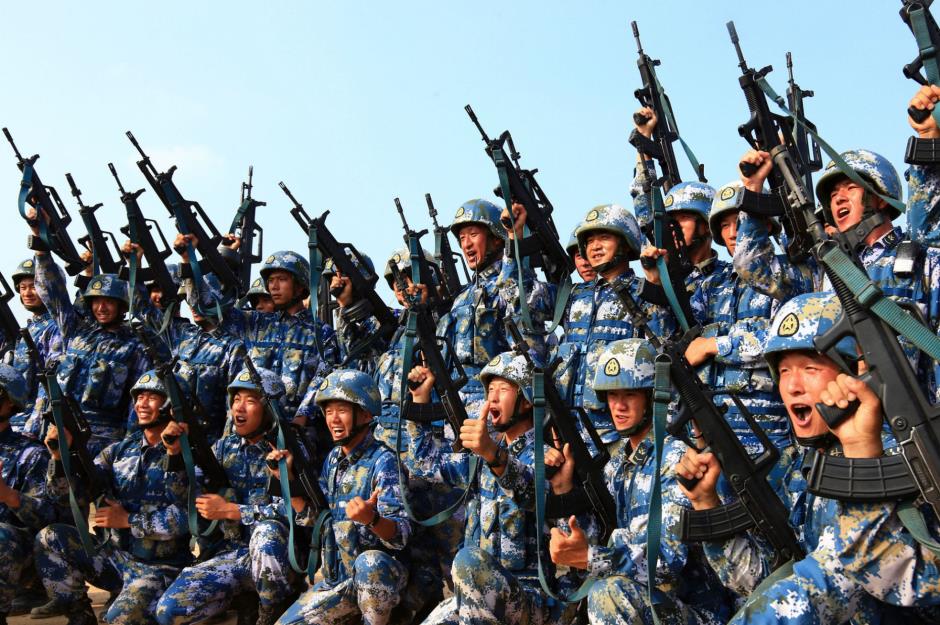
Xinhua/SIPA USA/PA Images
In the last five years, China's military spending has skyrocketed by 43% in real terms. Although its economy is slowing down, the defense budget is projected to grow to a bumper $255 billion (£199bn) by 2020. Here's the lowdown on the emerging superpower's epic spending spree over the past two decades.
Tight budget
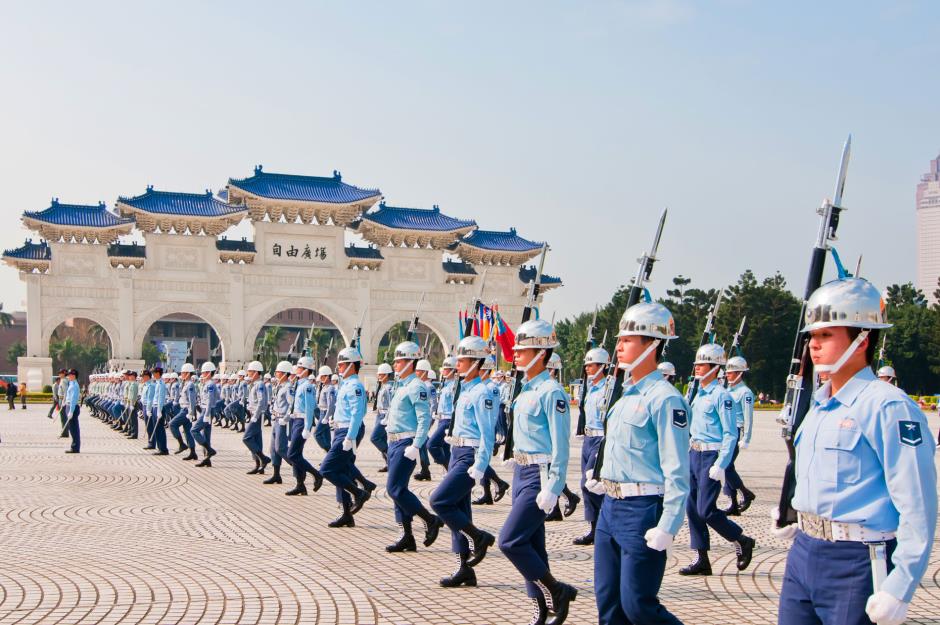
Ronan Chen/Shutterstock
In 2000, China's military budget was smaller than Taiwan's, with the nation's spend capped at $14.6 billion (£11.39bn).
Spending bonanza
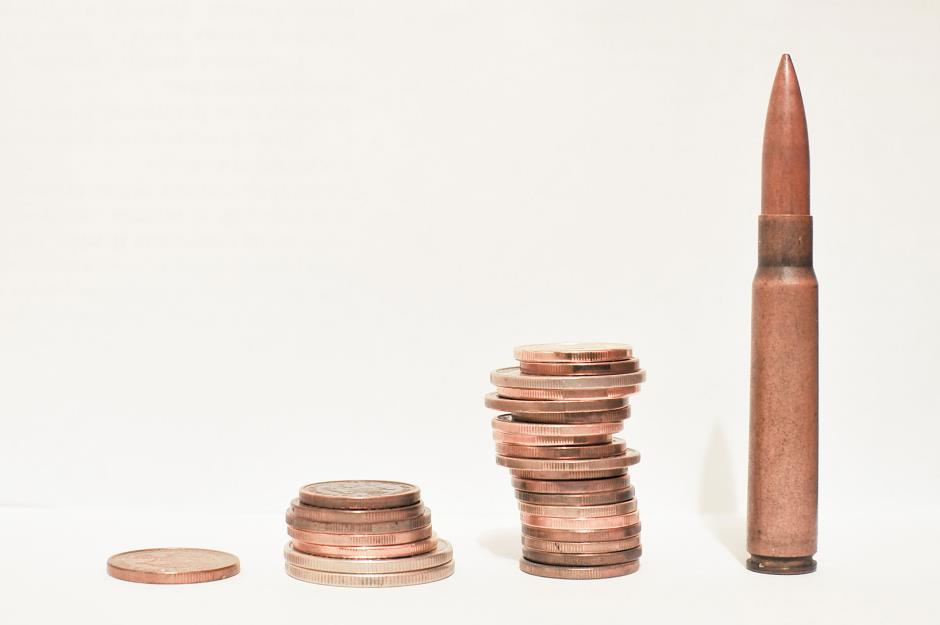
Nevena Marjanovic/Shutterstock
The People's Republic kicked off its military spending bonanza in 2000 when it increased the defense budget for the following year by a whopping 17.7%, from 1.8% to 2.1% of total GDP.
Global conflict
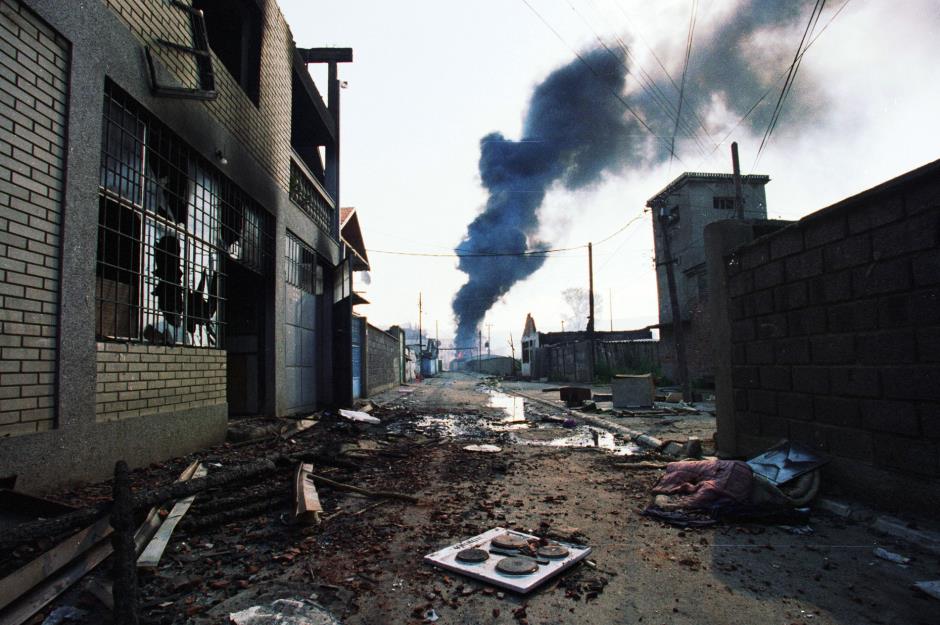
Northfoto/Shutterstock
Beijing's official budget announcement declared that the spending spree was a consequence of the US-led Kosovo War and heightened instability in the world.
Cash injection
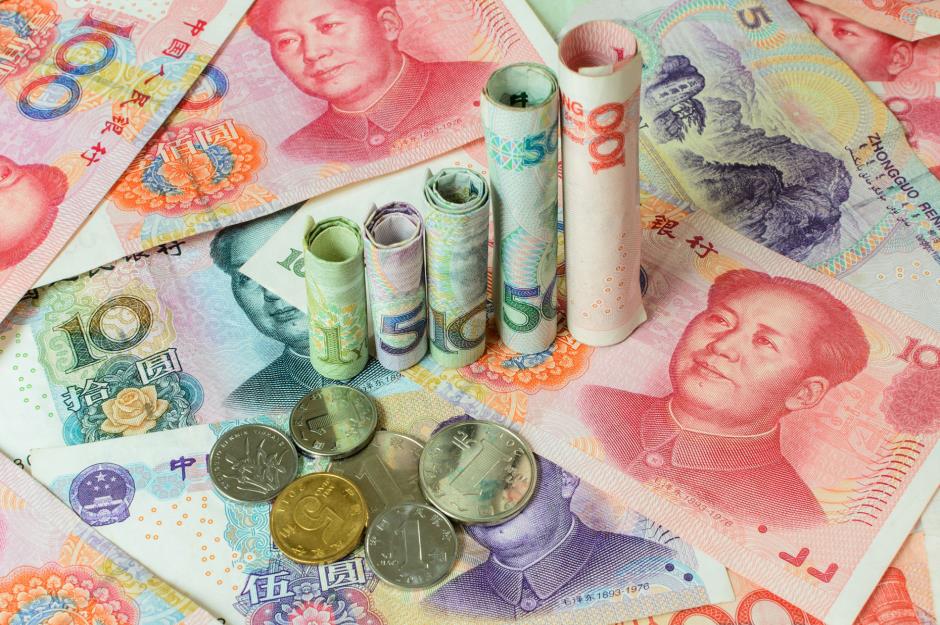
Kitzcorner/Shutterstock
In January 2001, finance minister Xiang Huaicheng explained that the rise was also necessary in order to raise salaries and upgrade the country's outdated military hardware.
Pay rises
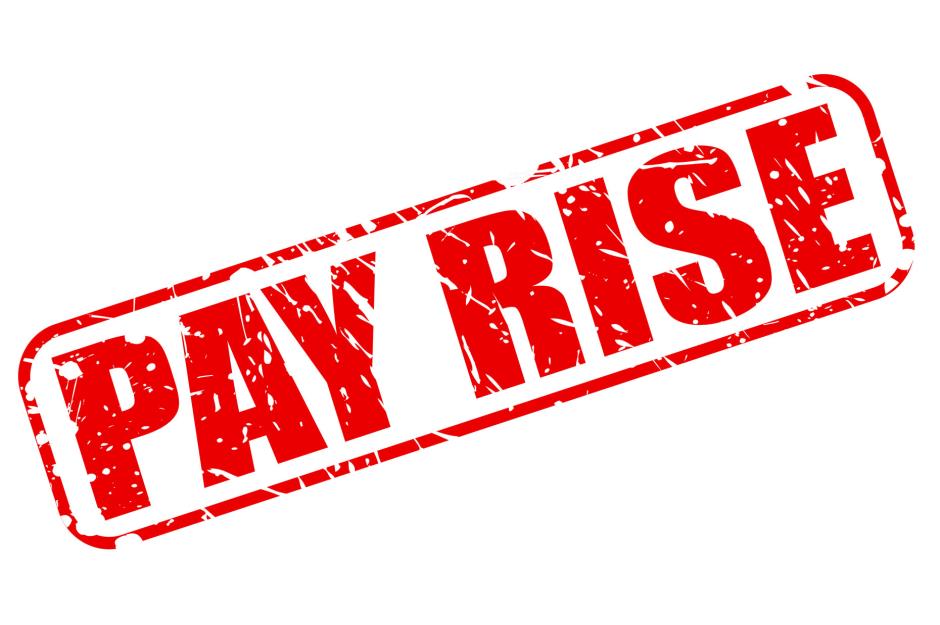
Shutterstock
That year, soldiers’ wages went up by a generous 25% and civil servants enjoyed a 30% salary boost.
Regional might

Bennian/Shutterstock
China's beefed-up 2001 defense budget of over $17 billion (£13bn) eclipsed the spending of key military powers in the region including India, Taiwan and South Korea.
Budget boost
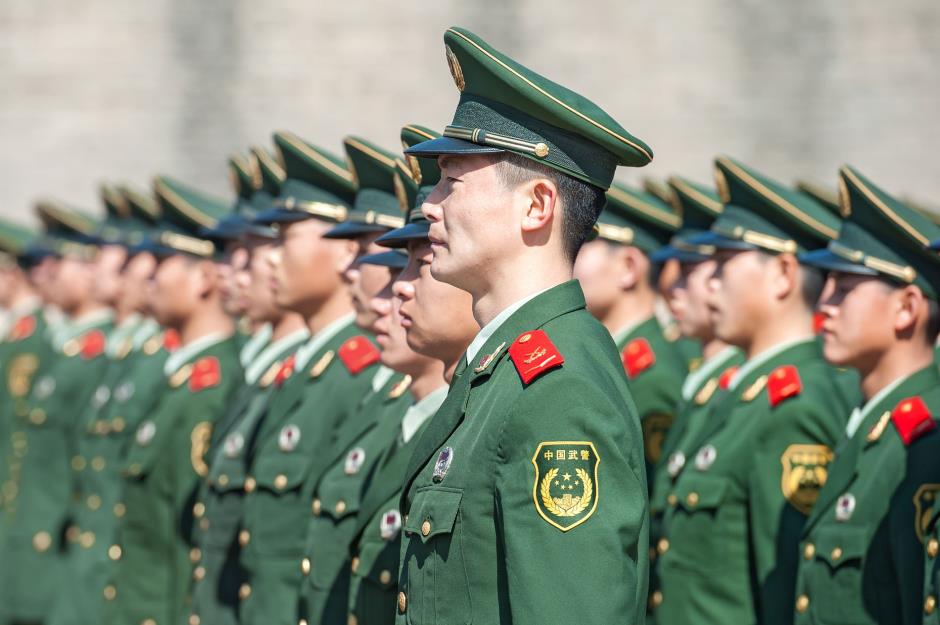
Hung Chung Chih/Shutterstock
The following year, military expenditure rose by a further 17.6%, with the 2002 budget totaling $20 billion (£16bn).
Noughties spree
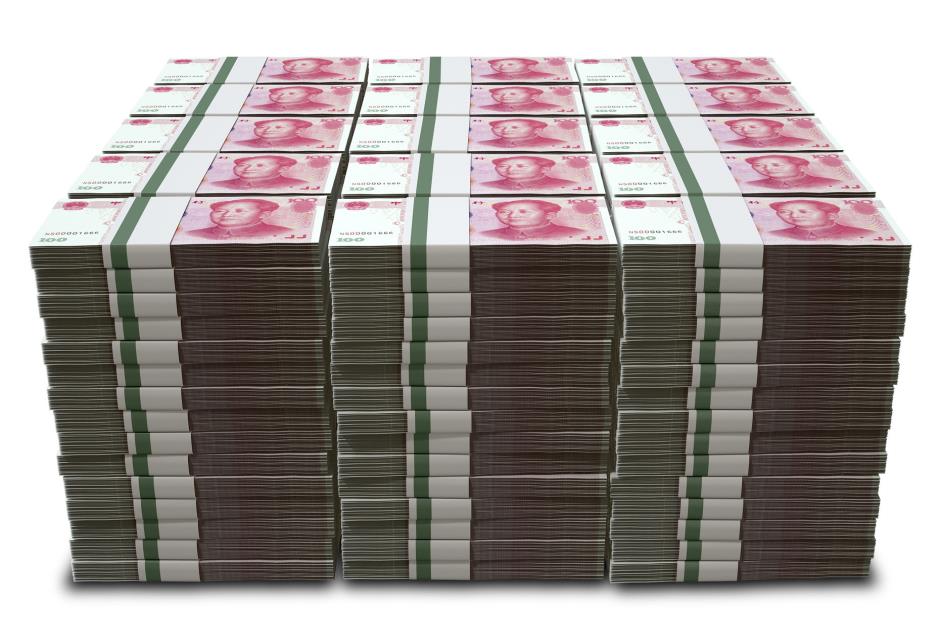
Albund/Shutterstock
China's defense budget ballooned all decade, with the country becoming the world's second highest military spender in 2008. Double-digit percentage increases continued until 2010.
Fluctuating spending
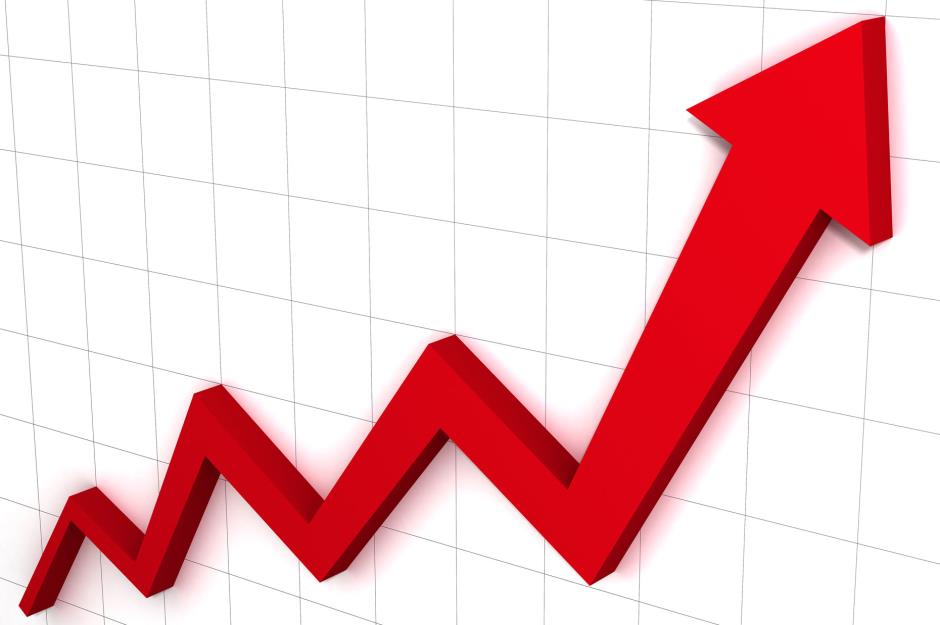
Shutterstock
Military spending was raised by a relatively modest 7.5% in 2010, partly as a result of the global economic downturn. In 2011, the Chinese government announced a spending increase of 12.7%, back into double-digit territory.
Aircraft carriers
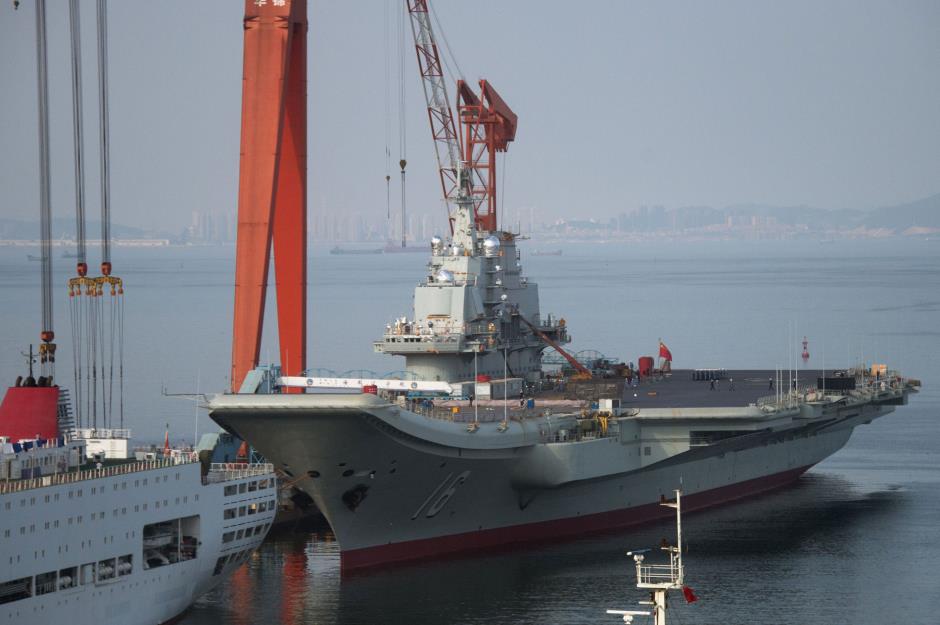
STR/Stringer/Getty
Beijing flexed its military muscle in 2011 by commissioning the nation's first aircraft carrier, the Liaoning. It ordered its second carrier late in 2015.
$100 billion budget
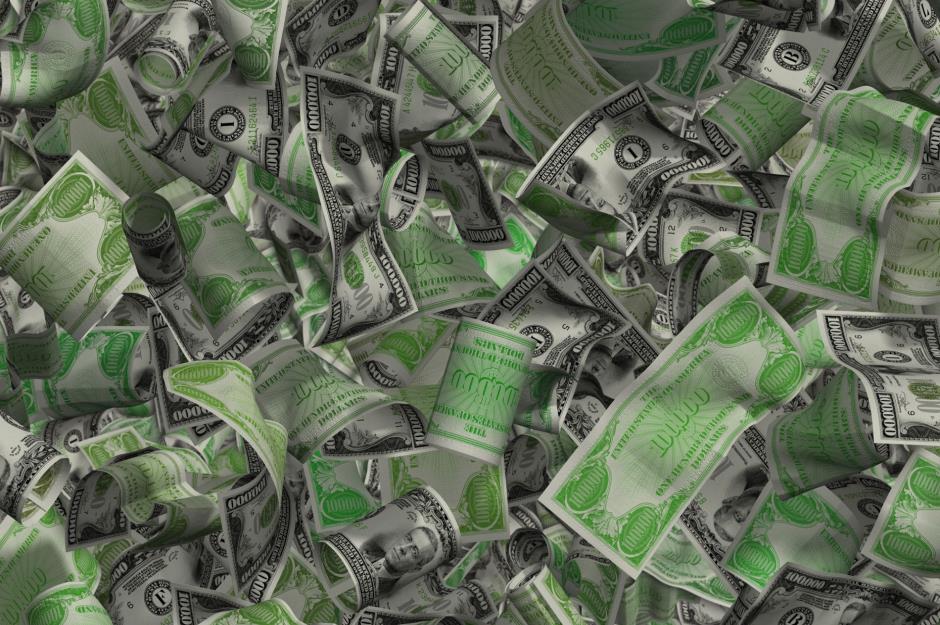
David Biagini/Shutterstock
Chinese military spending broke the $100 billion (£78bn) mark in 2012, thanks to an 11.2% budget increase.
Regional dispute
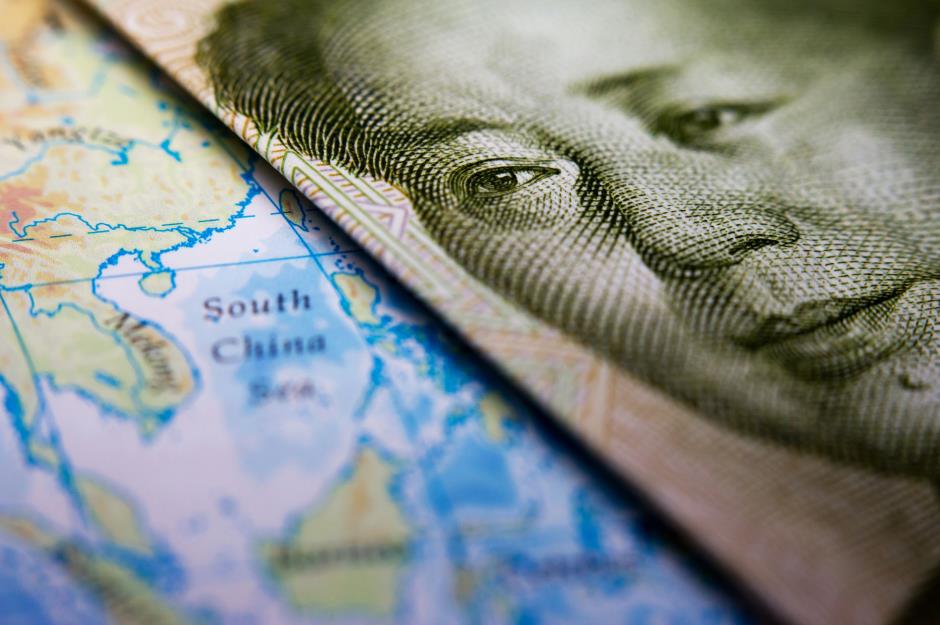
Corlaffra Shutterstock
The People's Republic began to reassert its claim on disputed areas of the South China Sea in early 2012, clashing with the Philippines, Vietnam and the USA.
New aircraft
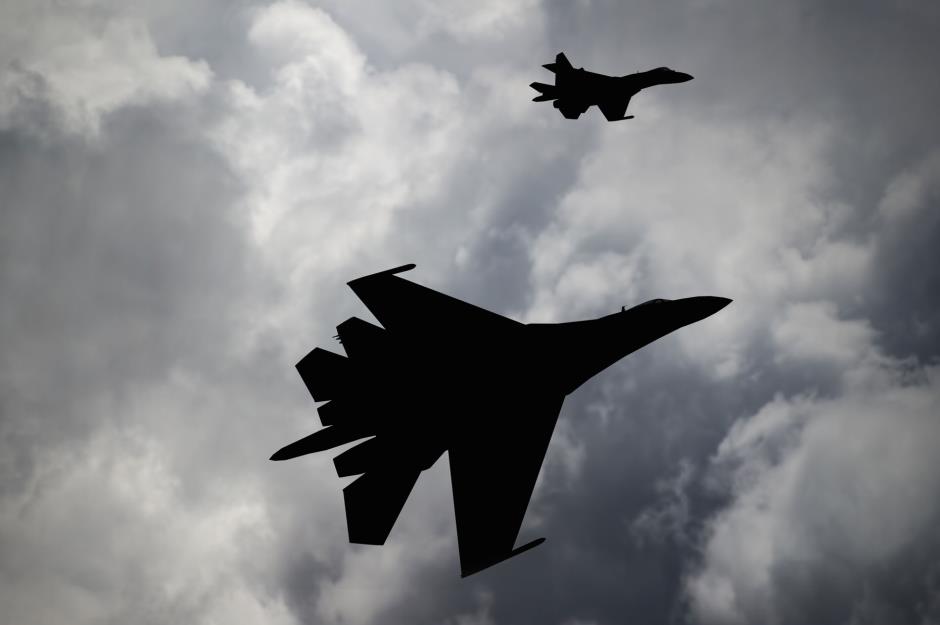
Keith Tarrier/Shutterstock
In November 2012, Beijing announced that two Shenyang J-15 carrier-based fighter jets, aka Flying Sharks, had successfully landed on Liaoning. Mass production of the aircraft began the following year.
Spending hike
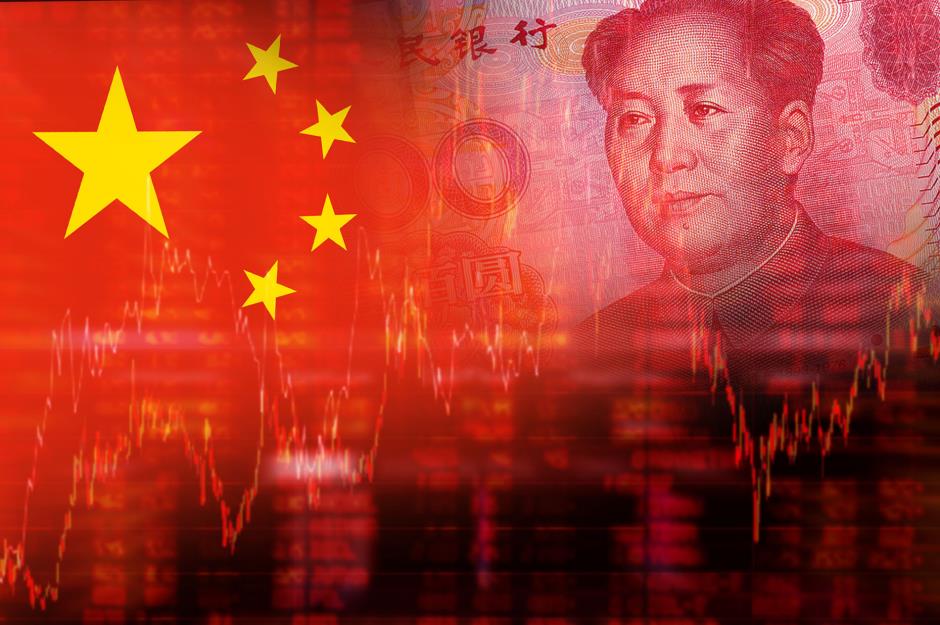
My Life Graphic/Shutterstock
Amid simmering tension over the South China Sea, the People's Republic ramped up military spending by 10.7% in 2013.
Imports drop
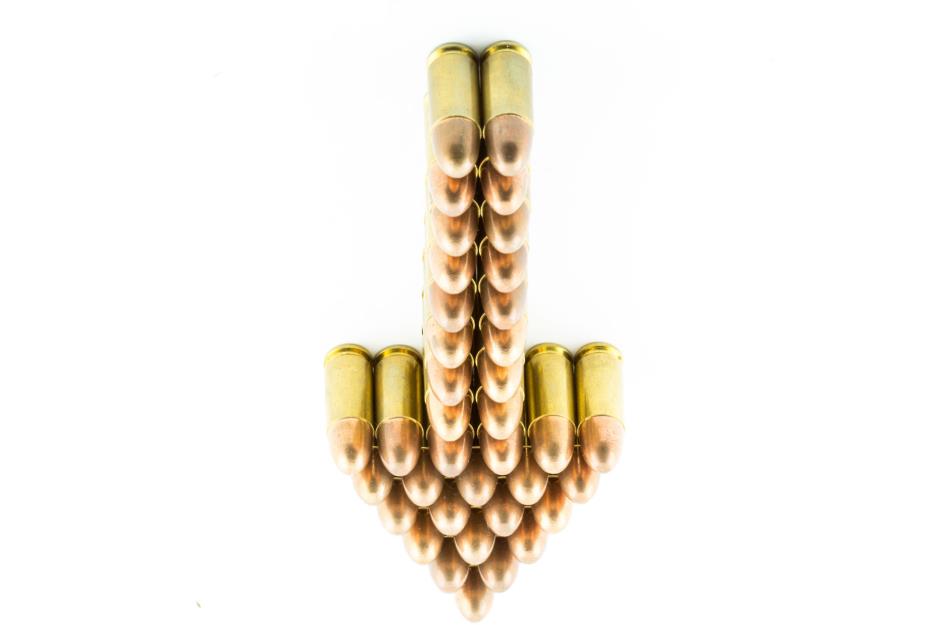
Nada Girl/Shutterstock
As investment in the country's domestic arms industry skyrocketed, China's arms imports decreased by 42% between 2005 and 2014.
Domestic focus
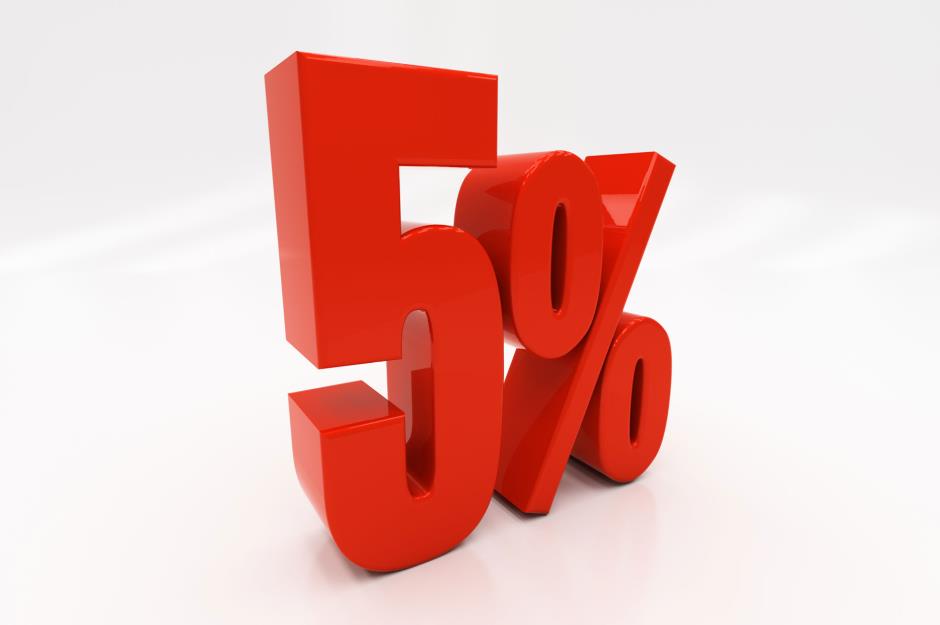
Supertrooper/Shutterstock
With its foreign purchases dropping, China was responsible for just 5% of global arms imports from 2010 to 2014.
Booming exports
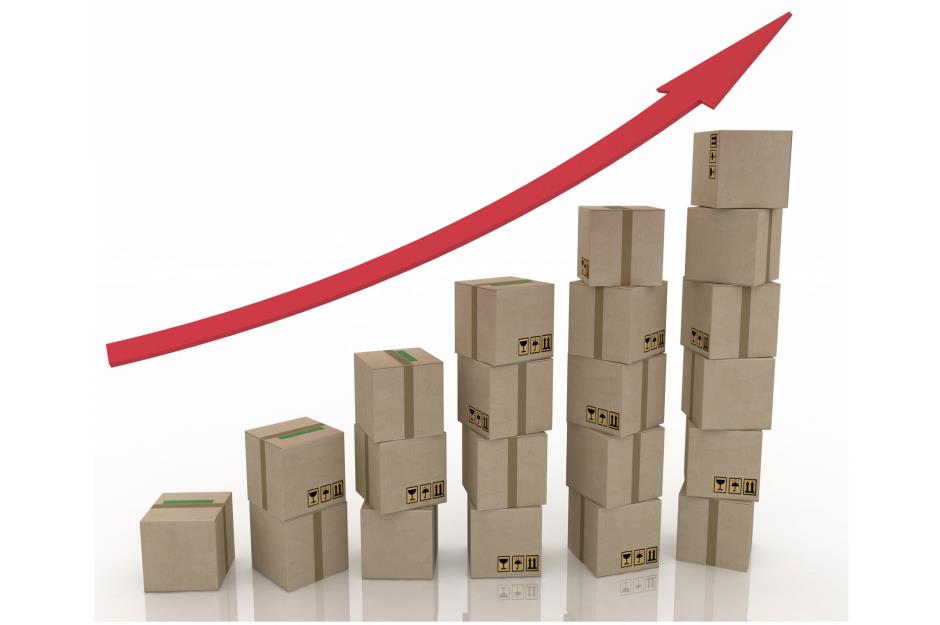
3DDock/Shutterstock
Unsurprisingly, the country's arms exports surged by an incredible 88% between 2011 and 2015.
Top clients

Shutterstock
The People's Republic supplied arms to 35 countries from 2010 to 2014 but just three countries – Pakistan, Burma and Bangladesh – accounted for 68% of total sales.
Drone sales
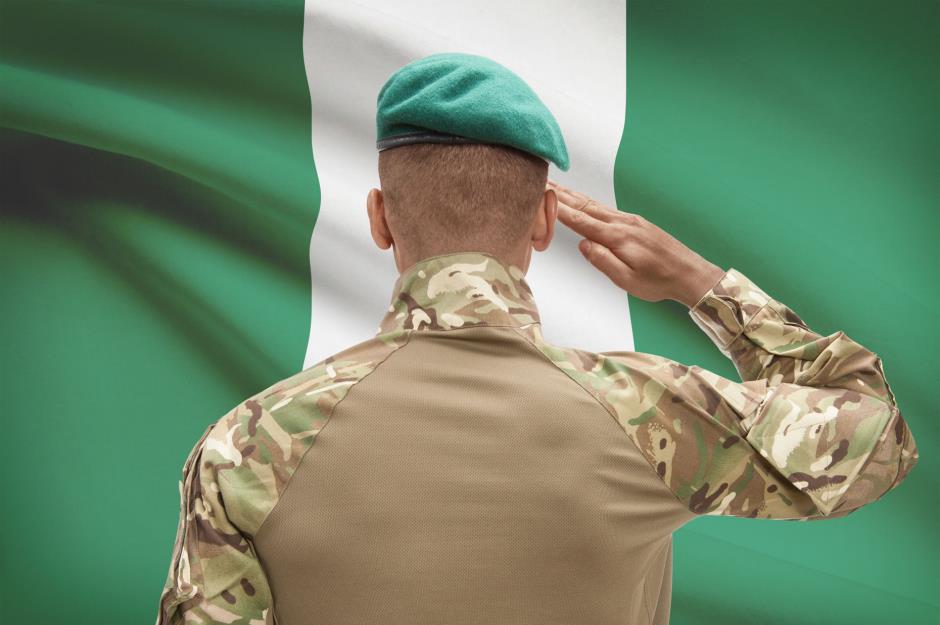
Niyaz/Shutterstock
During the same period, 18 African countries bought arms from China, including Nigeria, which acquired a number of combat drones to assist in the fight against Boko Haram.
Missile sales
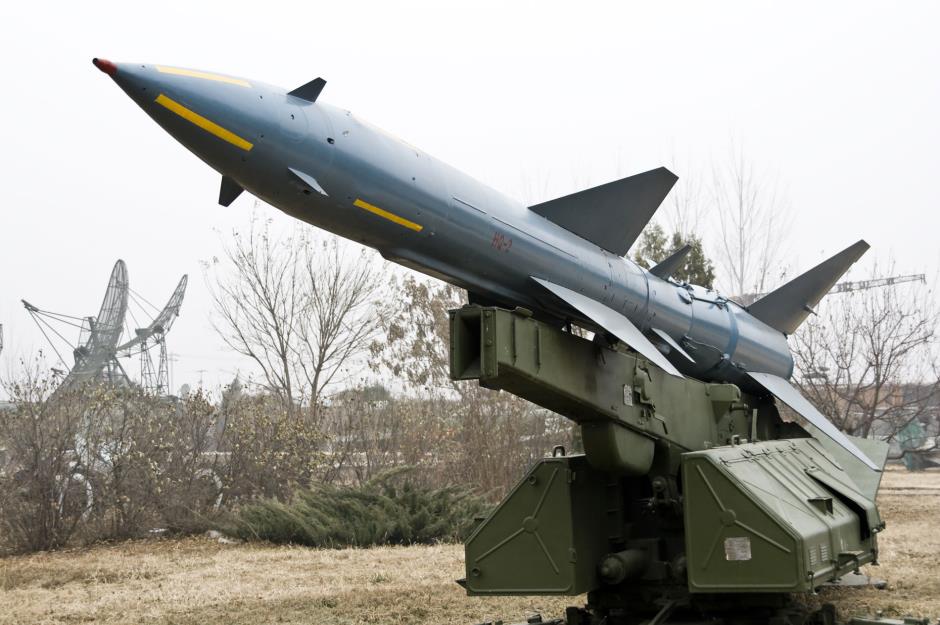
Yuyangc/Shutterstock
Other major customers include Indonesia. The country's military ordered hundreds of medium-range missiles from China between 2010 and 2014.
Inflated budget
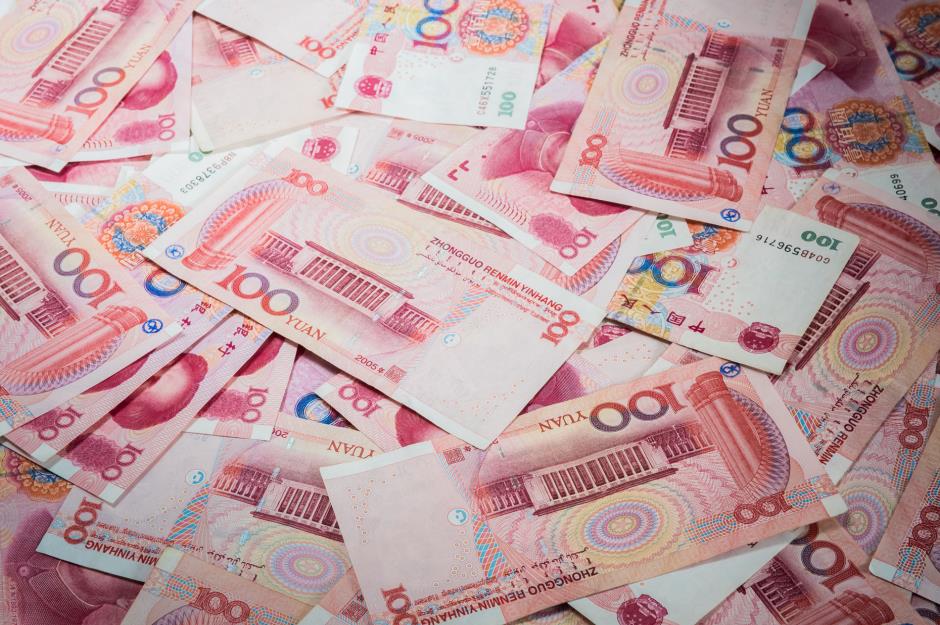
Shutterstock
In 2014, China spent a staggering $132 billion (£103bn) on defense, a budget increase of 12.2%.
2015 booster
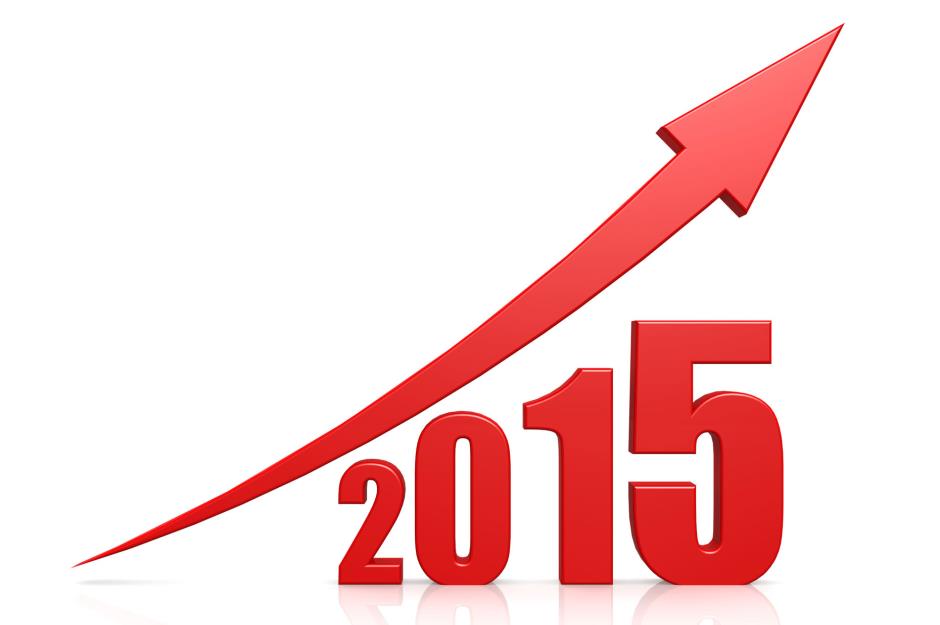
Tang Yan Song/Shutterstock
In 2015, yes you've guessed it, the budget went up again, this time by 10.1%, bringing the total to $144.2 billion (£112.5bn).
900% increase
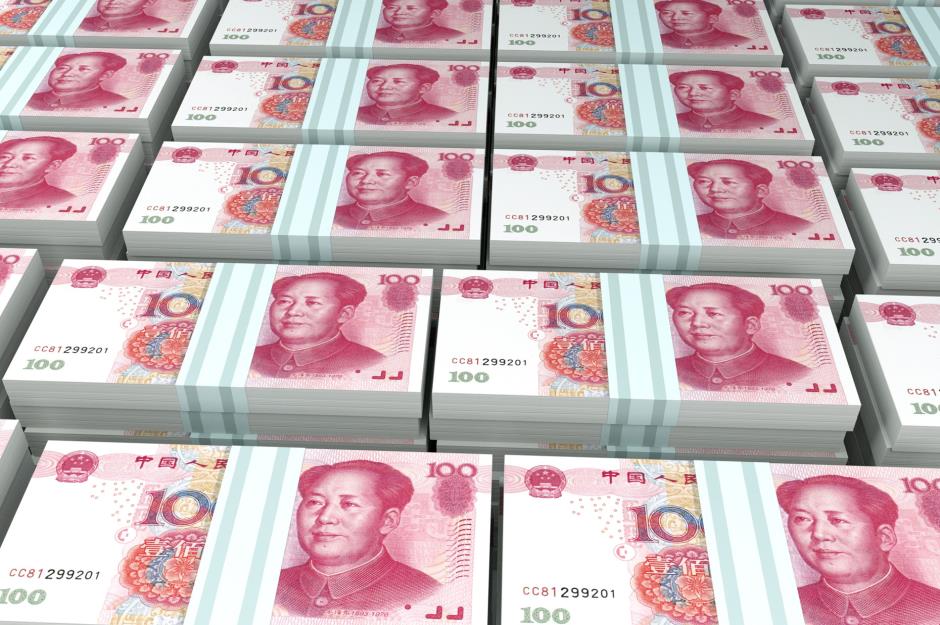
Shutterstock
While 2016's increase was the lowest in six years at 7.6%, China still allocated $146.7 billion (£114.5bn) for its military, an almost unbelievable 900% increase from 2000.
Spending priority
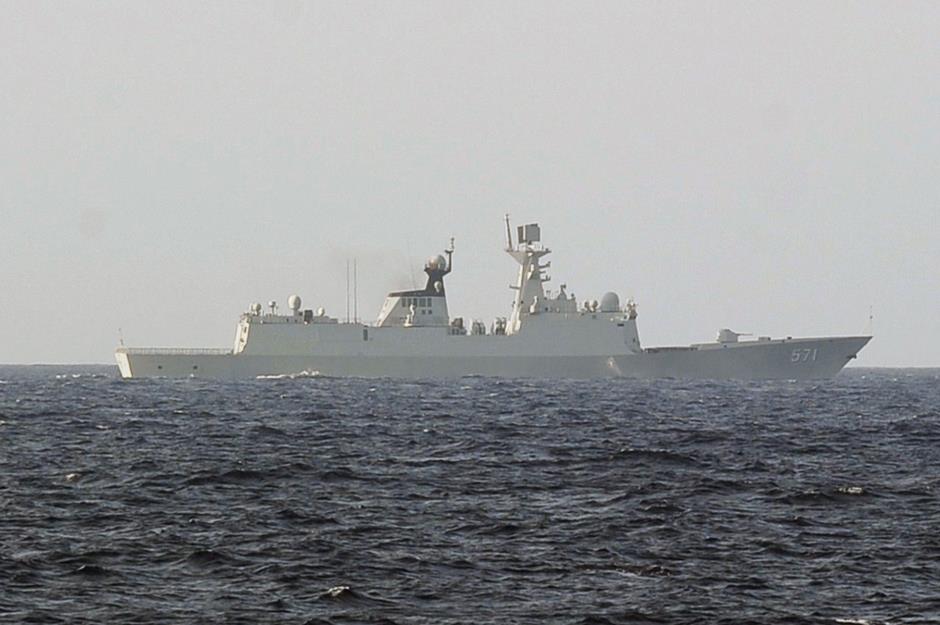
Hoang Dinh Nam/Getty
A large chunk of the 2016 military budget was spent on pursuing the nation's claims in the South China Sea.
Biggest army
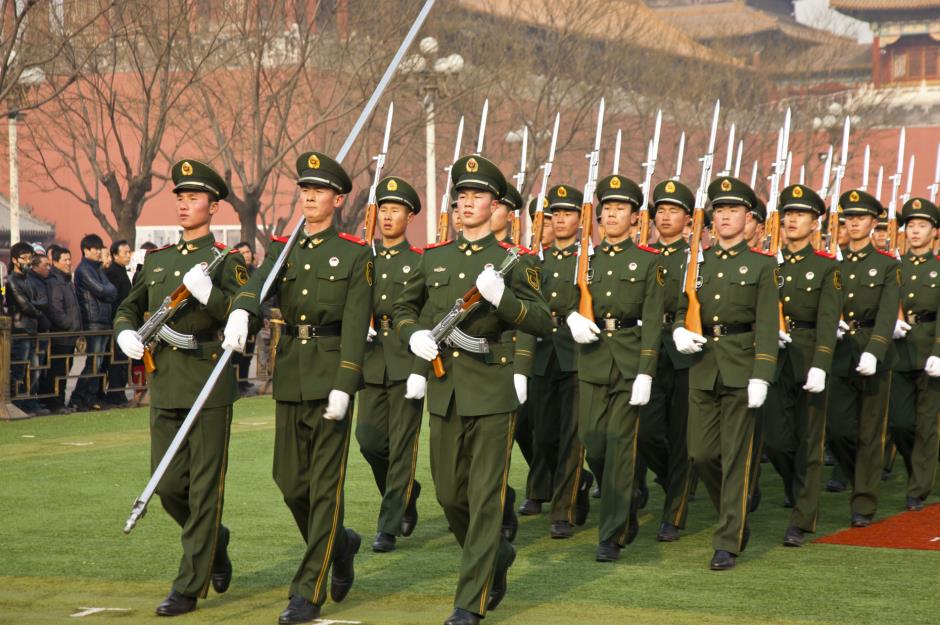
Ingqing/Shutterstock
Boasting around 2.3 million active soldiers, the People’s Liberation Army is the world’s largest standing army.
Personnel costs

Kutlayev Dmitry/Shutterstock
According to the International Institute for Strategic Studies, personnel costs account for a third of China's total military budget.
Army downsizing
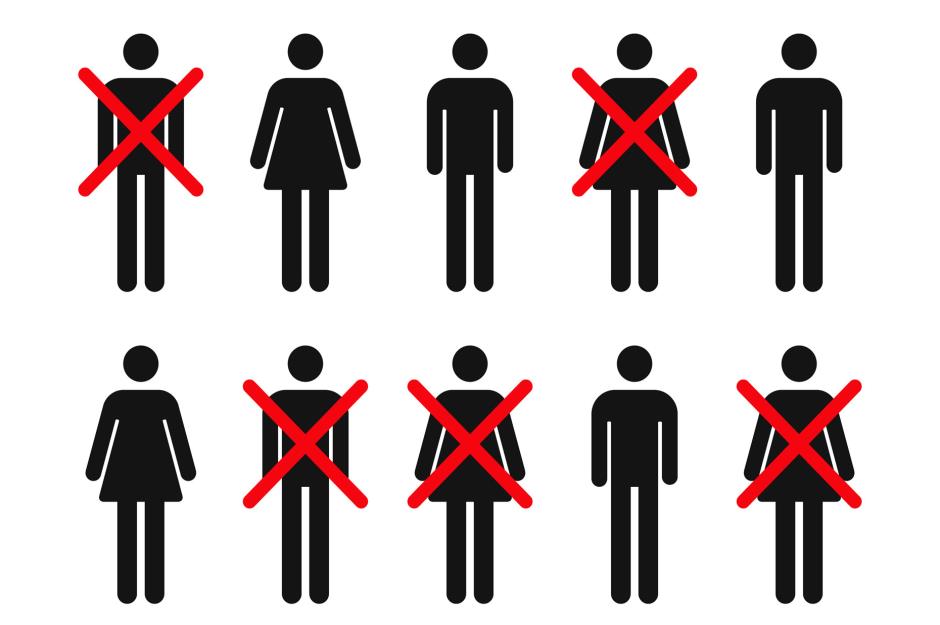
Shutterstock
With military technology replacing personnel, Beijing is set to restructure the army, downsizing by 300,000 troops, although this will still make it the biggest standing army in the world.
Second best
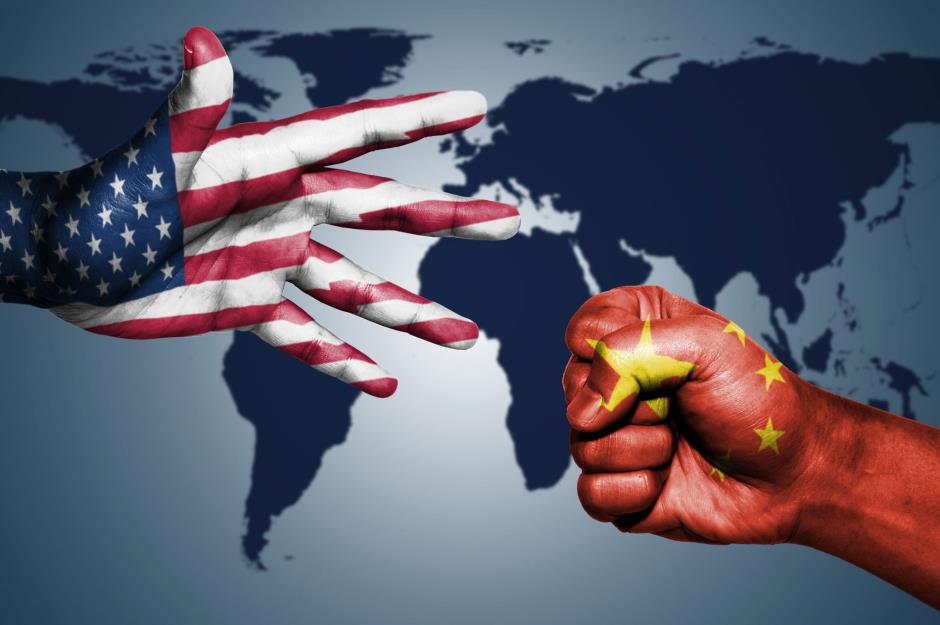
CykOtie/Shutterstock
Despite its global prowess, China is still considered a second-tier military exporter. This is because, unlike the US which is a first-tier exporter, it lacks lucrative intellectual property rights and high-end weapons.
New aircraft carrier
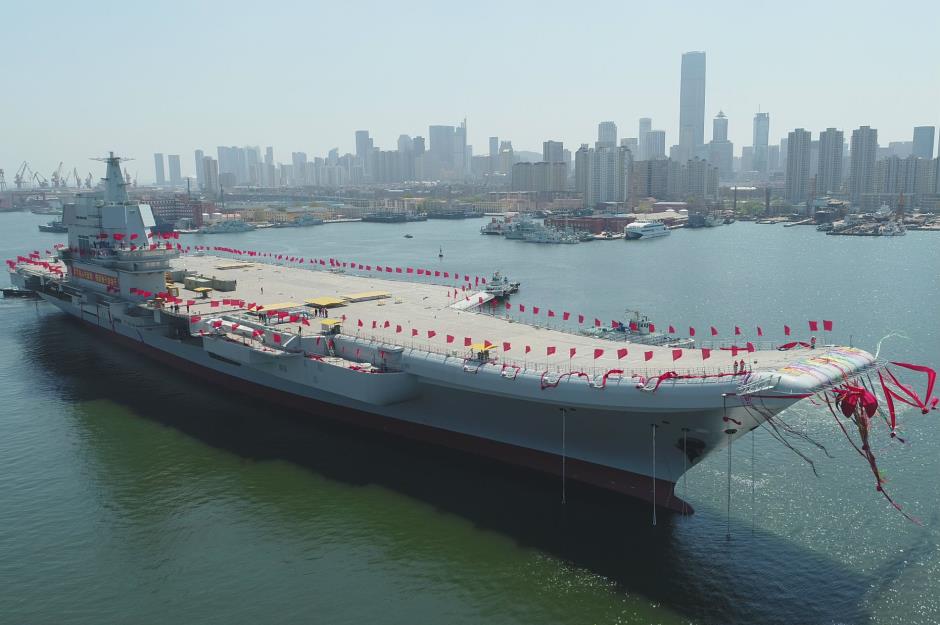
Xinhua/SIPA USA/PA Images
China has increased its spending on hardware and modernizing its systems. It has also recently unveiled a new 50,000-ton aircraft carrier, the first to be built in the country.
Tough competition

Xinhua/SIPA USA/PA Images
China’s defense budget for 2017 has now risen to $151 billion (£116bn), a 7% increase on the previous year, but some senior figures have said it’s not enough, particularly as the Trump administration has increased the US’s defense budget by 10%.
Projected spend
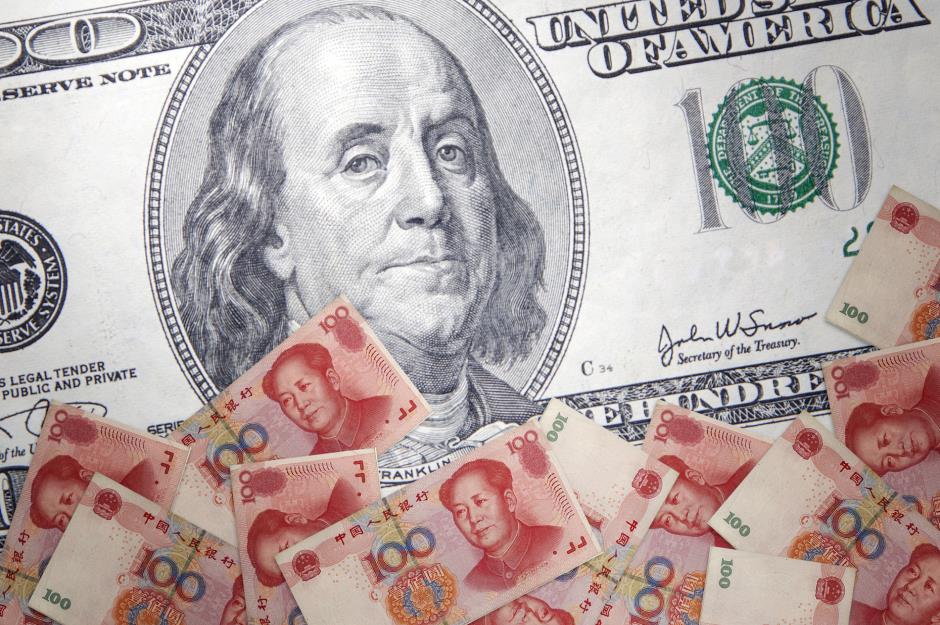
Anton Watman/Shutterstock
By 2020, Chinese military spending is expected to hit $260 billion (£203bn), around half that of the USA.
Comments
Be the first to comment
Do you want to comment on this article? You need to be signed in for this feature
Most Popular
Features How Michael Jackson's children boost their bank balances